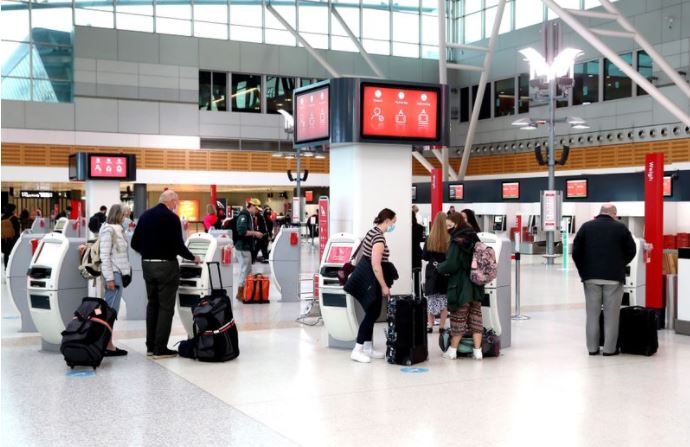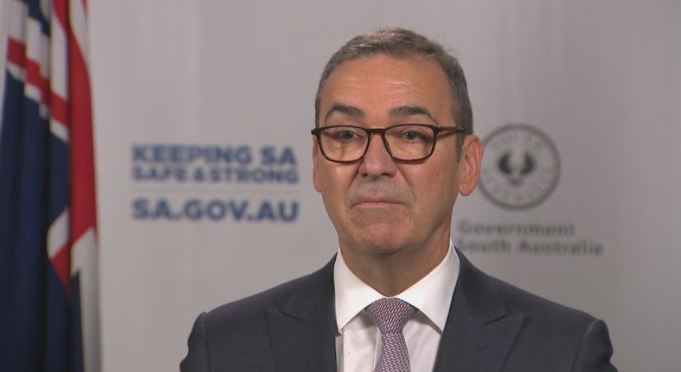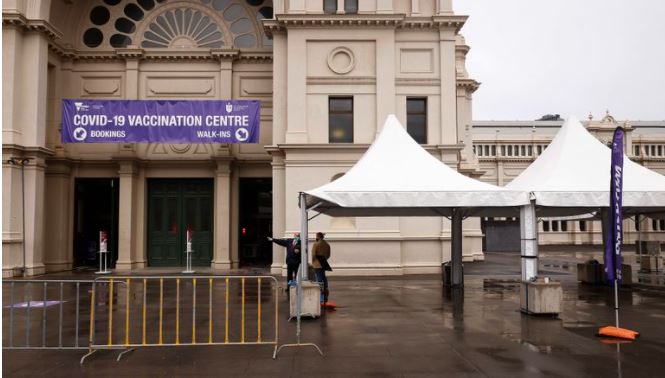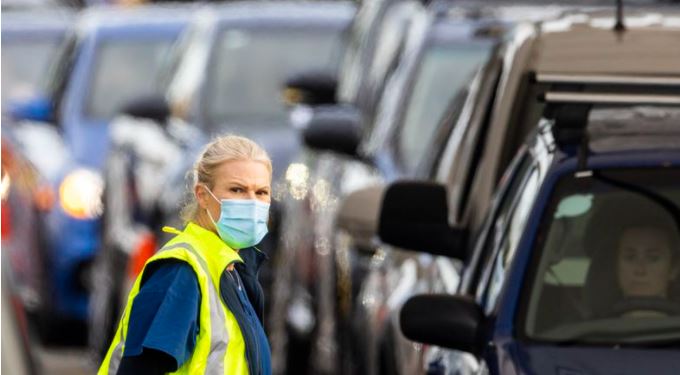
Western Australia and South Australia have implemented tougher travel requirements for all Victorians after the state recorded a spike in cases linked to a family who breached quarantine rules and infected Sydney removalists who failed to wear masks while on the job.
- Outdoor gatherings limited to two people (excluding members of the same household)
- Exercise and outdoor recreation restricted to local government area or within 10km radius
- No browsing in shops; only one person per household per day can leave the house for shopping
- Funerals limited to 10 people (from Sunday)

The same conditions apply to anyone in Greater Sydney who needs to travel more than 50km outside of their LGA for essential work reasons.
VICTORIA
Dance floors can return with a 50-person limit, providing a COVID check-in marshal is present.
Travellers from NSW and the ACT are not be permitted to travel to Victoria, with some exceptions.
- New South Wales and the ACT are red zones
- The Queensland Local Government Areas of Brisbane, Moreton Bay and Sunshine Coast are orange zones
QUEENSLAND
Townsville restrictions will still be lifted as planned.
SOUTH AUSTRALIA
Mr Marshall said there are no immediate plans to ease restrictions with NSW or the ACT while case numbers remain high.
- The total number of people at any place must not exceed three people per four square metres
- Physical distancing or social distancing principles apply
- Every person should attempt to stay at least 1.5 metres from other members of the public. However, this does not apply to people who live together, who are friends or family members, or people who regularly associate with each other
- For places of worship, masks must be worn when capacity exceeds 75 per cent of normal occupancy, if capacity is at or below 75 per cent, no masks are required
- Masks are no longer required in health care, residential care, disability support, aged care and personal care services
NORTHERN TERRITORY
WESTERN AUSTRALIA
ACT
The ACT has declared NSW, the NT, Queensland, Victoria, South Australia, Western Australia, New Zealand, and flight arrivals as areas of concern.


